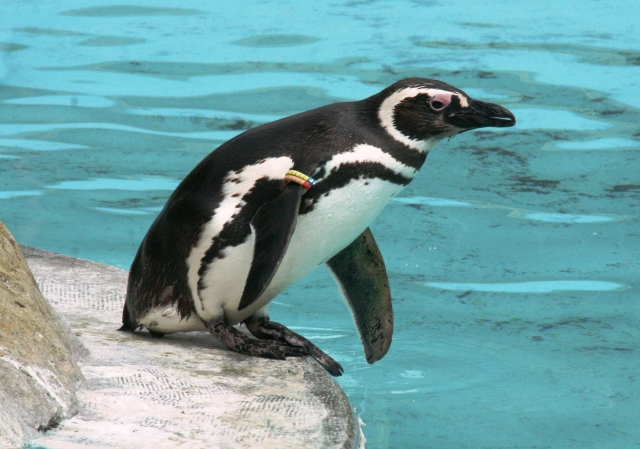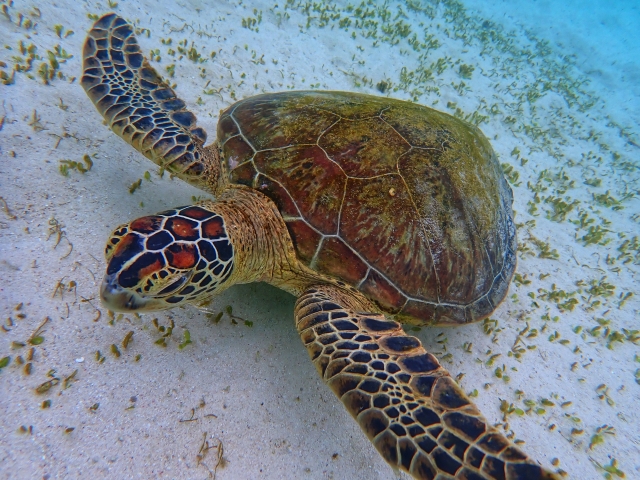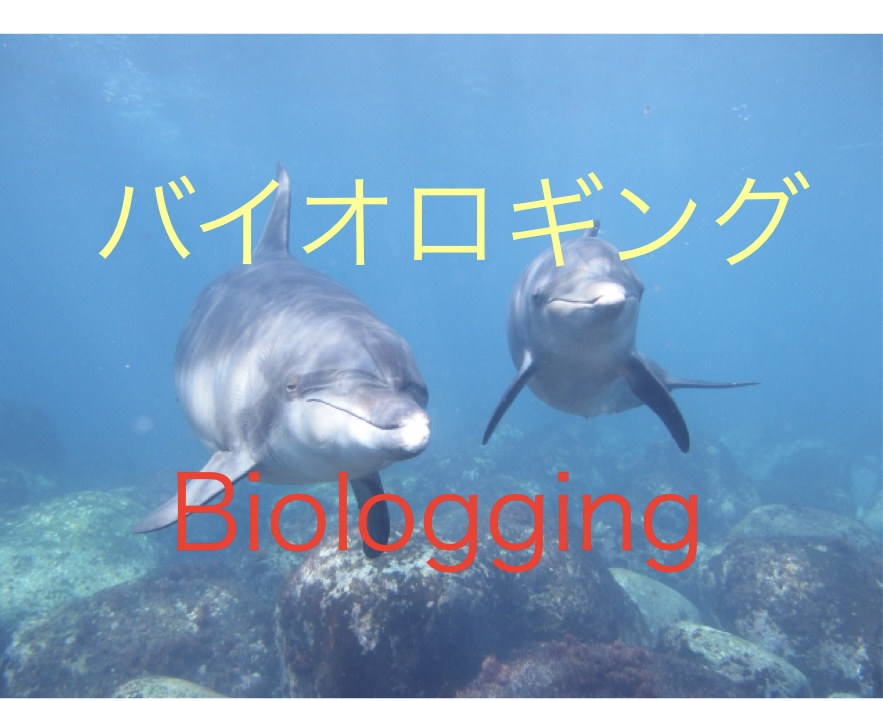
バイオロギングという研究方法があります。
バイオロギングというのは、野生の動物に行動を記録するための「データロガー」という小さな機器を付けて、その動物の生活を観察することです。
「バイオロギング(bio-logging)」は、「Bio(生物)」と「Log(記録する)」から作られた言葉です。
現在、バイオロギングによる調査は、イルカやクジラなどのほ乳類、ペンギンなどの鳥類、サケやサメなどの魚類などで行われており、対象となる生き物は100種類を超えています。

バイオロギングによって、それまでわからなかった動物の生態や行動がわかるようになりました。
例えば、2種類のカメにデータロガーをつけました。アオウミガメは、海中を漂うクラゲなどを主に食べます。アカウミガメは、貝やカニなどの海の底の生き物を主に食べます。この2種類のカメを比べると、アオウミガメは、アカウミガメに比べて、ポリ袋などの海洋ごみを誤って食べやすいことがわかりました。

さらに、海の生き物につけることで、人が簡単に行くことのできない海中の水温や水圧などの情報を得ることができます。
今後は、気象や気候、地球環境などの情報を得ることが、もっとできるようになると考えられています。
⭐️ ⭐️
関係する次の言葉も読んでください。
いるかにすすむ(このブログにあるページ)
シャチにすすむ (このブログにあるページ)
空飛ぶペンギンにすすむ(このブログにあるページ)
エンペラーペンギンにすすむ(このブログにあるページ)
ペンギンの泳ぎにすすむ(このブログにあるページ)
Biologging
Biologging is the practice of attaching small devices called “data loggers” to wild animals to record their behavior and observe their lives.
The word “biologging” is derived from the words “Bio” (organism) and “Log” (to record).
Currently, biologging surveys are being conducted on mammals such as dolphins and whales, birds such as penguins, and fish such as salmon and sharks, covering more than 100 species.
Biologging has enabled us to understand the ecology and behavior of animals that were previously unknown.
For example, data loggers were attached to two types of turtles. Green turtles eat mainly jellyfish and other organisms floating in the sea. The loggerhead eats mainly shellfish, crabs, and other sea-bottom creatures. Comparing these two types of turtles, we found that green turtles are more likely to accidentally eat marine debris such as plastic bags than loggerheads.
Furthermore, by attaching them to marine animals, information such as underwater water temperature and water pressure, which are not easily accessible to humans, can be obtained.
In the future, it is expected that we will be able to obtain more information on weather, climate, and the global environment.




コメント